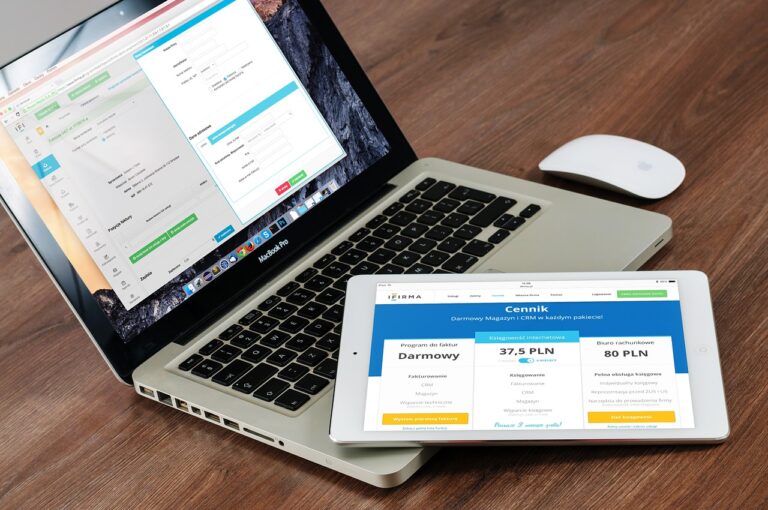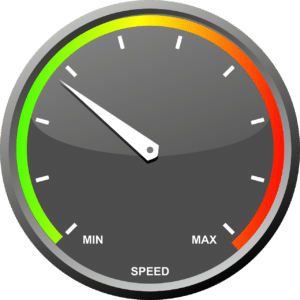How to Choose the Perfect Website Design for Your Business

In today’s digital era, a well-designed website is essential for any business looking to establish a strong online presence. A visually appealing and user-friendly website can significantly impact your brand image, attract potential customers, and boost conversions. However, with numerous design options available, choosing the perfect website design for your business can be a daunting task. In this article, we will guide you through the process of selecting the ideal website design that aligns with your business goals, engages your target audience, and helps you stand out from the competition.
Having an effective website design is crucial as it serves as the virtual face of your business. It represents your brand, communicates your values, and showcases your products or services. Therefore, investing time and effort into choosing the right design is essential to ensure a successful online presence.
Understanding the Importance of Website Design
Website design goes beyond aesthetics. It plays a significant role in establishing credibility, improving user experience, and increasing customer trust. A poorly designed website can drive potential customers away and harm your brand reputation. On the other hand, a well-designed website can captivate visitors, encourage them to explore further, and ultimately convert them into customers.

Defining Your Business Goals and Target Audience
Before diving into website design options, it is crucial to identify your business goals and target audience. Understanding your objectives will help you create a design that aligns with your overall marketing strategy. Additionally, knowing your target audience’s preferences, demographics, and online behavior will enable you to tailor the design to their needs and expectations.
Identifying Your Brand Identity
Your website should reflect your brand identity and values. Consider your brand’s personality, tone, and visual elements when choosing a design. A consistent brand image across all platforms helps in brand recognition and establishes a sense of trust with your audience.
Choosing the Right Design Style
There are various design styles to choose from, such as minimalist, modern, vintage, or illustrative. Each style conveys a different aesthetic and message. Select a design style that resonates with your brand and appeals to your target audience. Keep in mind that trends may come and go, so opt for a timeless design that can withstand the test of time.

Considering User Experience (UX) and User Interface (UI)
User experience (UX) and user interface (UI) are essential aspects of website design. UX focuses on creating a seamless and enjoyable experience for visitors, ensuring easy navigation, intuitive functionality, and clear call-to-actions. UI deals with the visual elements, such as color schemes, typography, and layout, that enhance the overall user experience.
Responsive Design for Mobile Optimization
In the mobile-first era, responsive design is vital. Your website should adapt and display correctly on various devices and screen sizes. Mobile optimization is crucial for providing a positive user experience and improving your website’s search engine rankings.
Incorporating Visual Elements and Graphics
Visual elements, such as images, videos, and infographics, can enhance the visual appeal of your website and engage your visitors. Choose high-quality visuals that align with your brand and complement your content. Additionally, optimize images for web use to ensure fast loading times without compromising quality.

Navigation and Information Architecture
A well-structured navigation system is crucial for guiding visitors through your website easily. Plan a logical and intuitive information architecture that organizes your content into categories, subcategories, and pages. Use clear and concise labels for navigation menus and ensure that visitors can find the information they need quickly.
Content Organization and Readability
Effective content organization is key to providing a seamless reading experience. Break your content into sections, use headings and subheadings, and incorporate bullet points or numbered lists to improve readability. Remember to use a font type and size that are easy to read, and maintain sufficient contrast between the text and background colors.
Optimizing Website Speed and Performance
Website speed is a critical factor that affects user experience and search engine rankings. Optimize your website by compressing images, minifying CSS and JavaScript files, and leveraging caching techniques. Regularly monitor and test your website’s speed to ensure fast loading times, reducing the risk of visitors abandoning your site due to slow performance.

Integrating SEO Best Practices
Search engine optimization (SEO) is essential for increasing your website’s visibility in search engine results. Incorporate relevant keywords into your website’s content, meta tags, headings, and URLs. Create unique and compelling meta descriptions that encourage users to click through to your site. Additionally, optimize your website’s structure and implement proper URL structure for improved indexing.
Customization and Scalability
Choose a website design that allows for customization and scalability. As your business grows, you may need to add new features, expand your product offerings, or incorporate additional functionalities. A scalable design will enable you to make these changes easily without compromising the overall design and user experience.
Budget and Timeline Considerations
Consider your budget and timeline when selecting a website design. Determine whether you have the resources and skills to create the design in-house or if you need to hire a professional web designer. Assess the costs associated with design development, maintenance, and updates to ensure it aligns with your financial resources.

Seeking Professional Help vs. DIY Approach
Deciding between seeking professional help or adopting a DIY approach depends on your specific requirements, budget, and technical expertise. Hiring a professional web designer can ensure a high-quality and customized design tailored to your business needs. However, if you have the skills and time, taking a DIY approach can provide you with more control and flexibility over the design process.
Conclusion
Choosing the perfect website design for your business is a critical decision that can significantly impact your online success. By considering your business goals, target audience, brand identity, user experience, and optimization factors, you can create a visually appealing and user-friendly website that drives traffic, engages visitors, and boosts conversions.